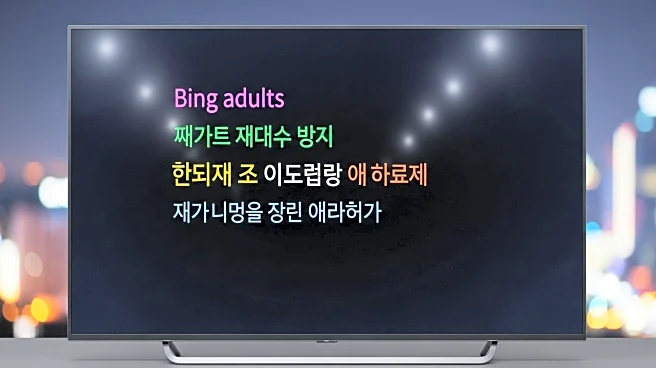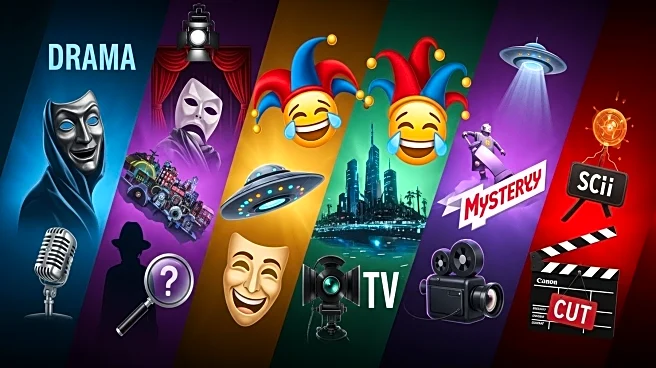What is the story about?
What's Happening?
A recent survey conducted by The Associated Press-NORC Center for Public Affairs Research has found that young adults under the age of 45 are more likely to use subtitles while watching TV or movies compared to older adults. The poll indicates that about 40% of adults under 45 frequently use subtitles, whereas only 30% of those over 45 do the same. The primary reasons cited by younger viewers include watching in noisy environments and multitasking, while older adults often use subtitles to better understand dialogue or due to hearing impairments. The survey highlights a generational divide in viewing habits, with younger audiences often engaging in multiple activities simultaneously, such as listening to music or using their phones while watching shows.
Why It's Important?
The increasing use of subtitles among young adults reflects broader changes in media consumption habits, driven by technological advancements and lifestyle shifts. This trend could influence how content is produced and delivered, with potential impacts on the entertainment industry, including sound design and dialogue clarity. As younger viewers multitask and consume media in varied environments, content creators may need to adapt to ensure accessibility and engagement. Additionally, the preference for subtitles could affect advertising strategies, as marketers seek to capture the attention of viewers who are not fully focused on the screen. Understanding these shifts is crucial for stakeholders aiming to cater to evolving audience preferences.
What's Next?
As the trend of using subtitles continues to grow, content producers might increasingly prioritize clear dialogue and sound quality to accommodate viewers who rely on subtitles. This could lead to innovations in audio technology and changes in production techniques. Furthermore, streaming platforms and broadcasters may enhance subtitle features, offering customizable options to improve user experience. The entertainment industry may also explore new ways to engage multitasking audiences, potentially integrating interactive elements or second-screen experiences. These developments could reshape how media is consumed and influence future content strategies.
Beyond the Headlines
The preference for subtitles among young adults may also have cultural implications, reflecting a shift towards more inclusive media consumption. Subtitles can enhance accessibility for non-native speakers and those with hearing impairments, promoting diversity and inclusivity in entertainment. Additionally, this trend might encourage the production of more international content, as subtitles facilitate understanding across language barriers. As media consumption becomes increasingly globalized, subtitles could play a key role in bridging cultural gaps and fostering cross-cultural dialogue.
AI Generated Content
Do you find this article useful?














